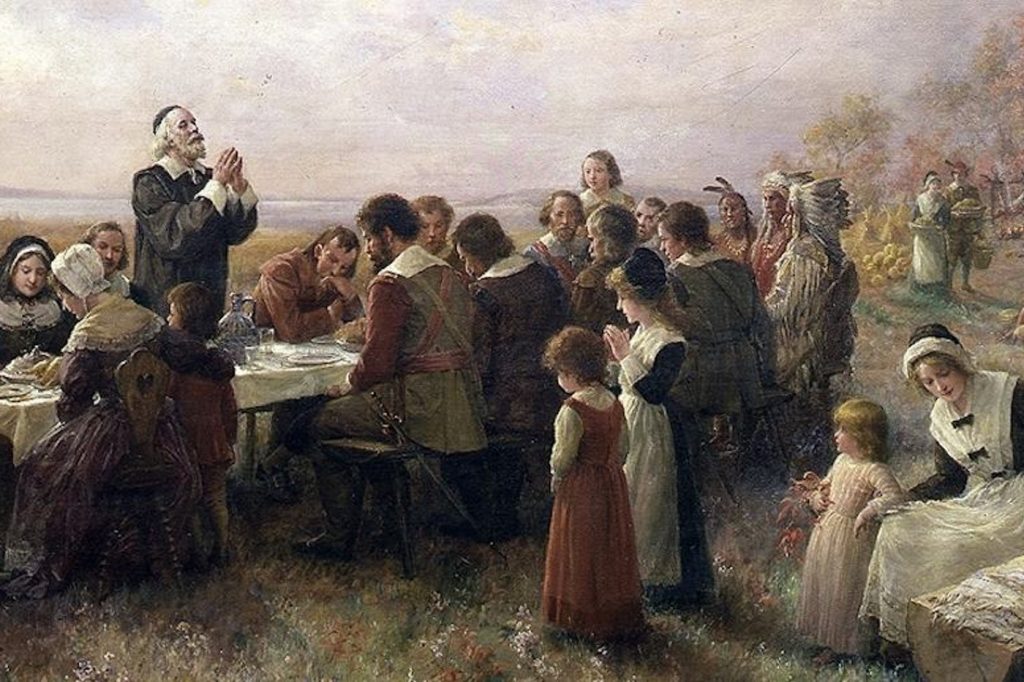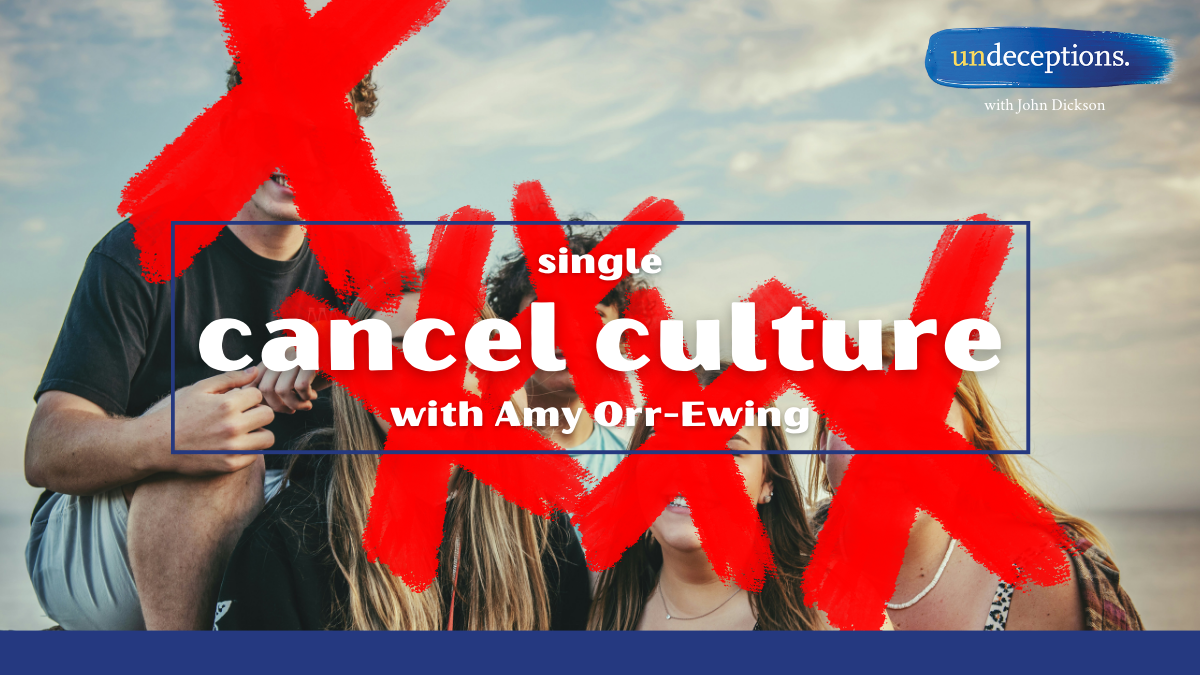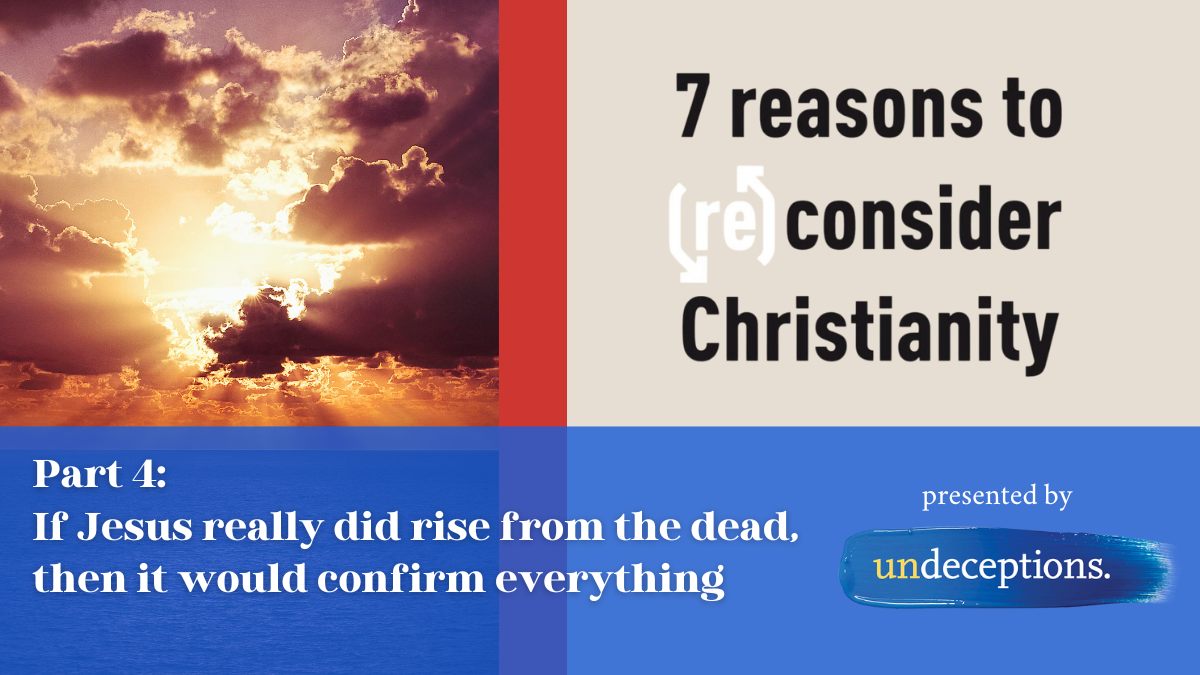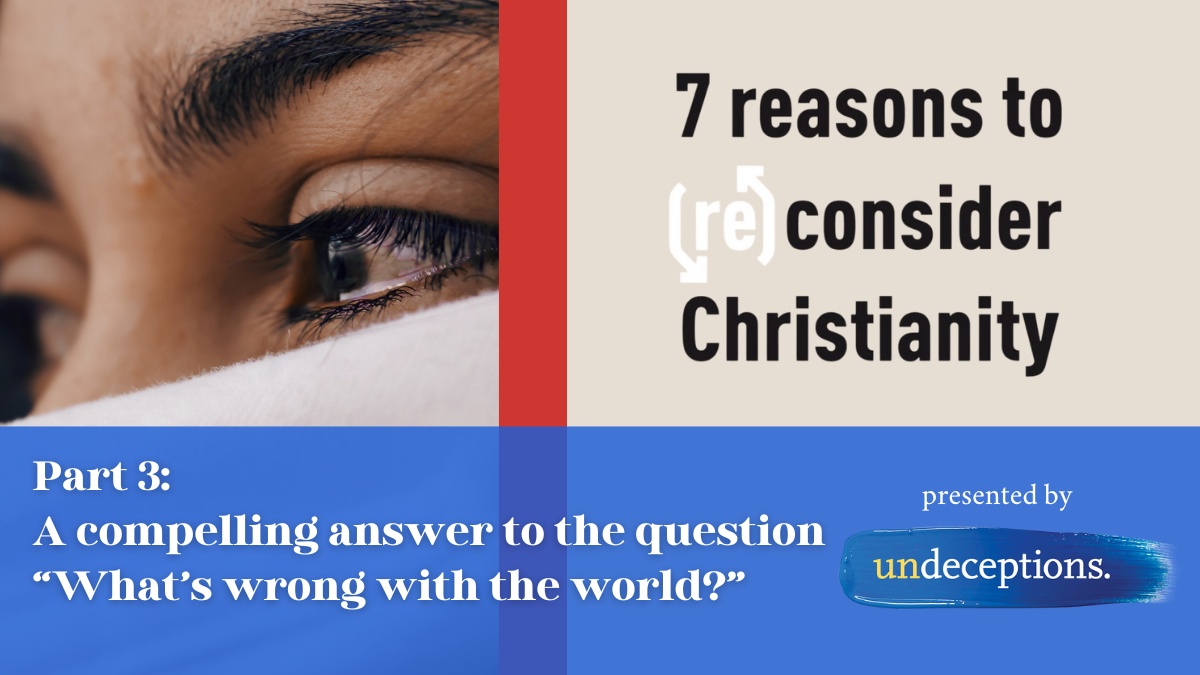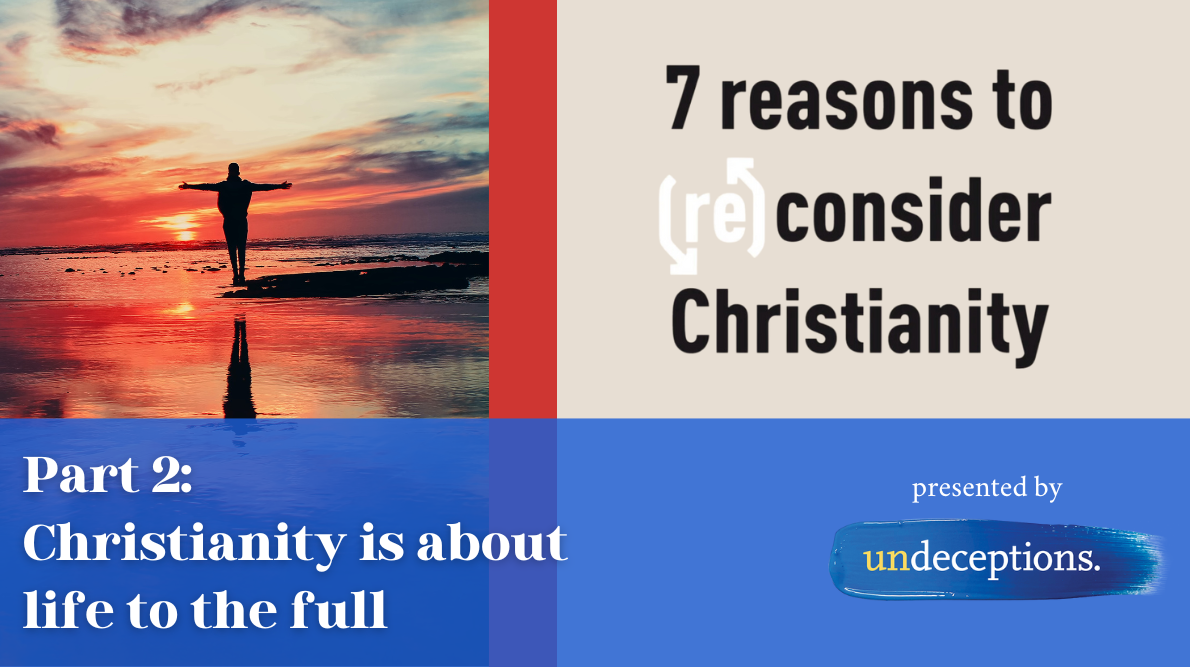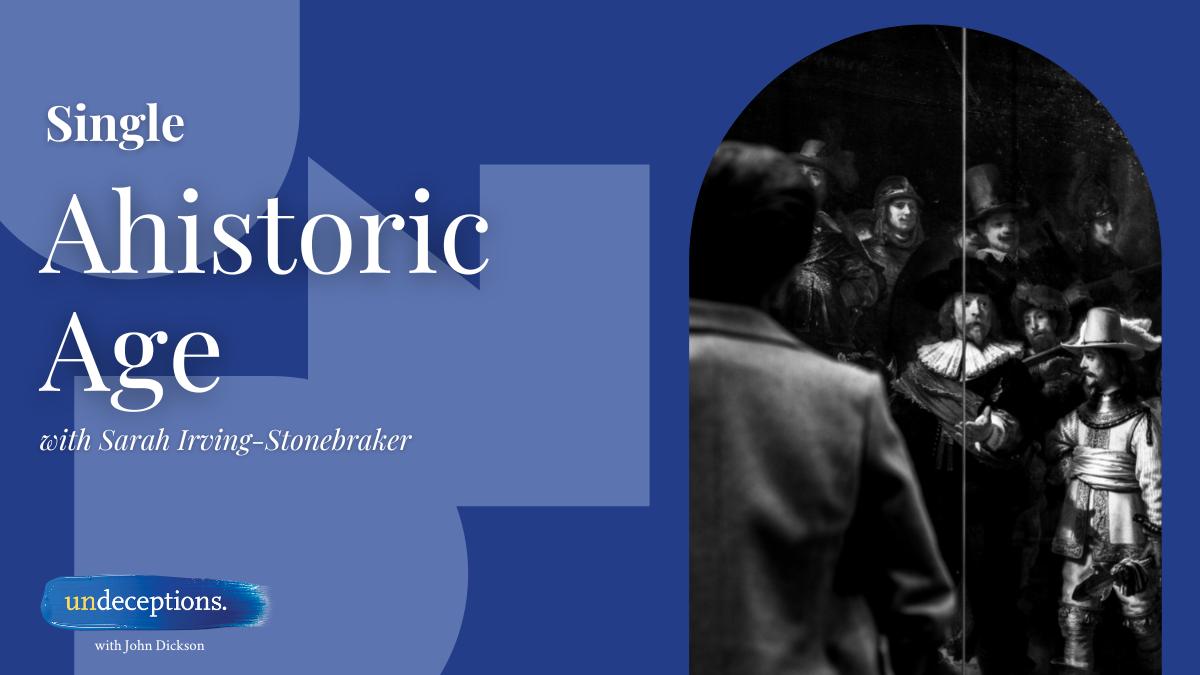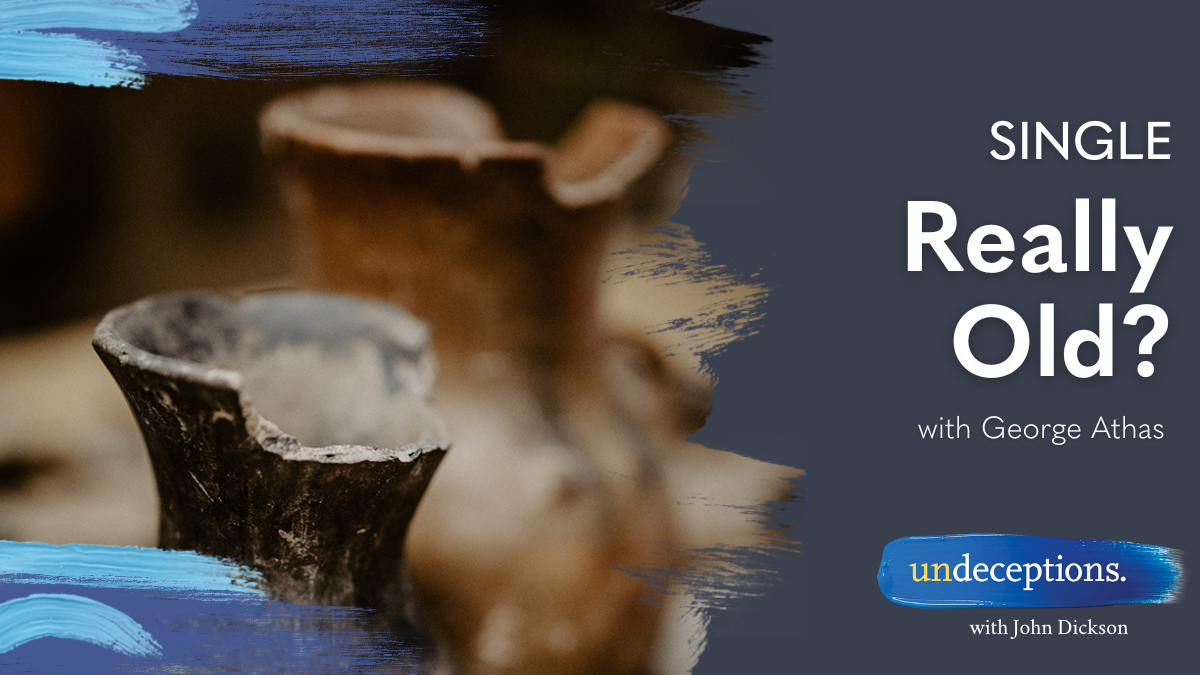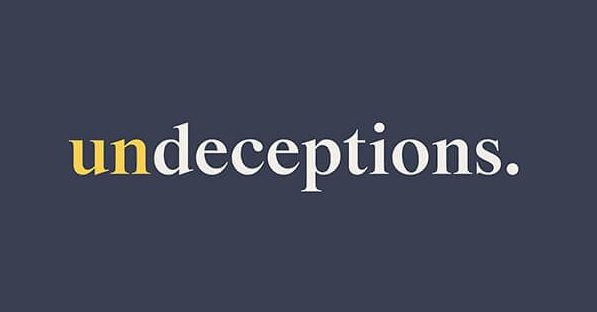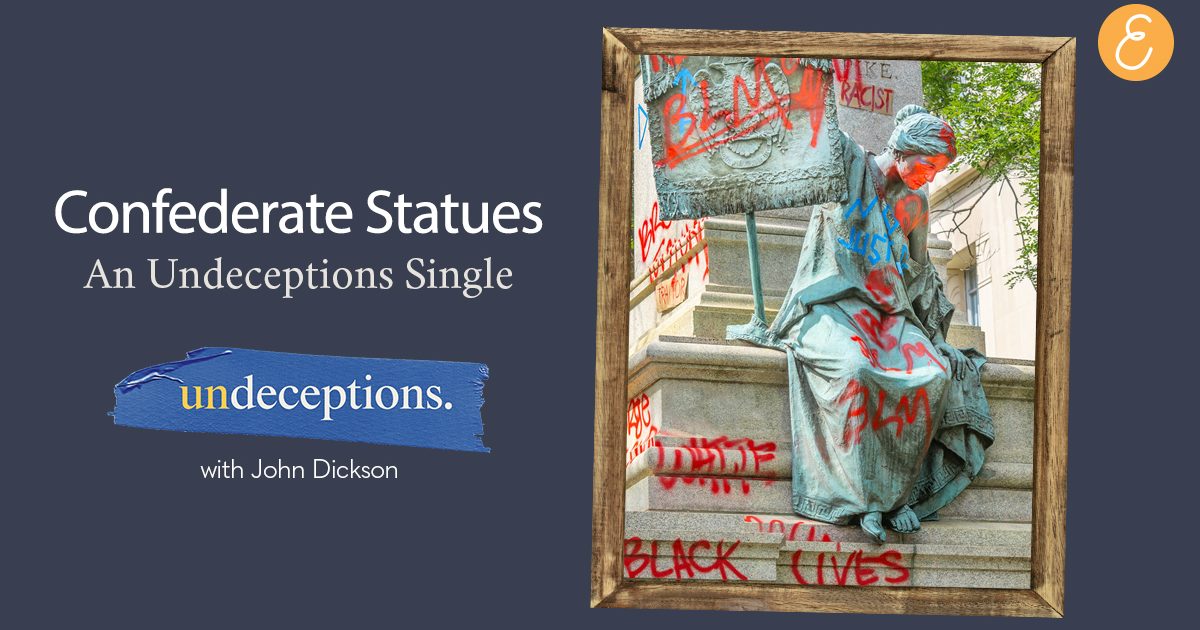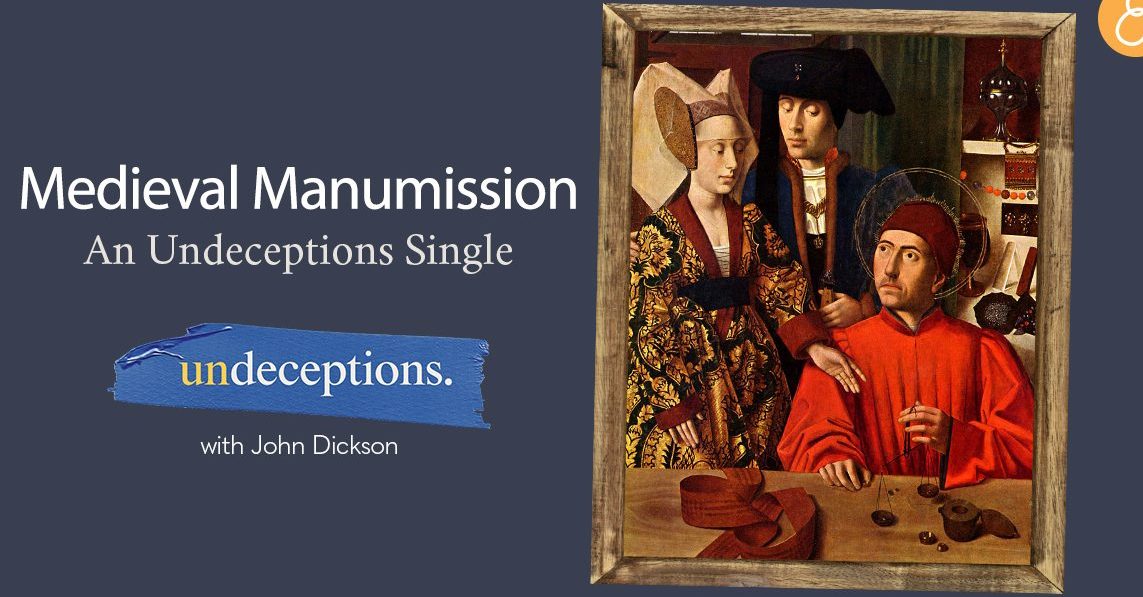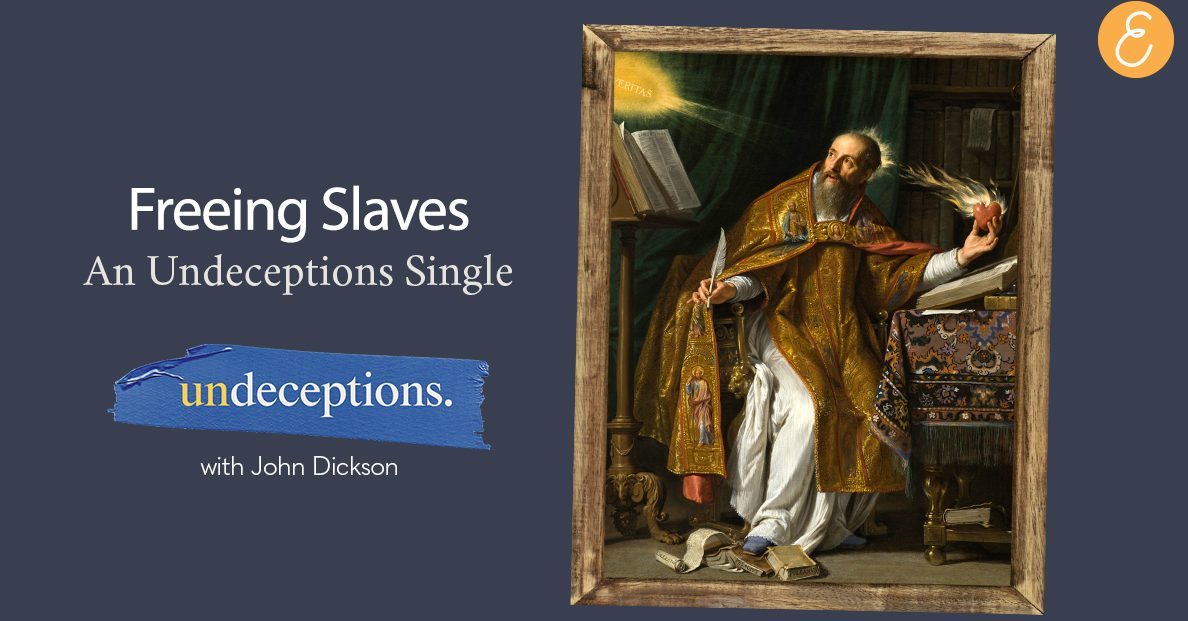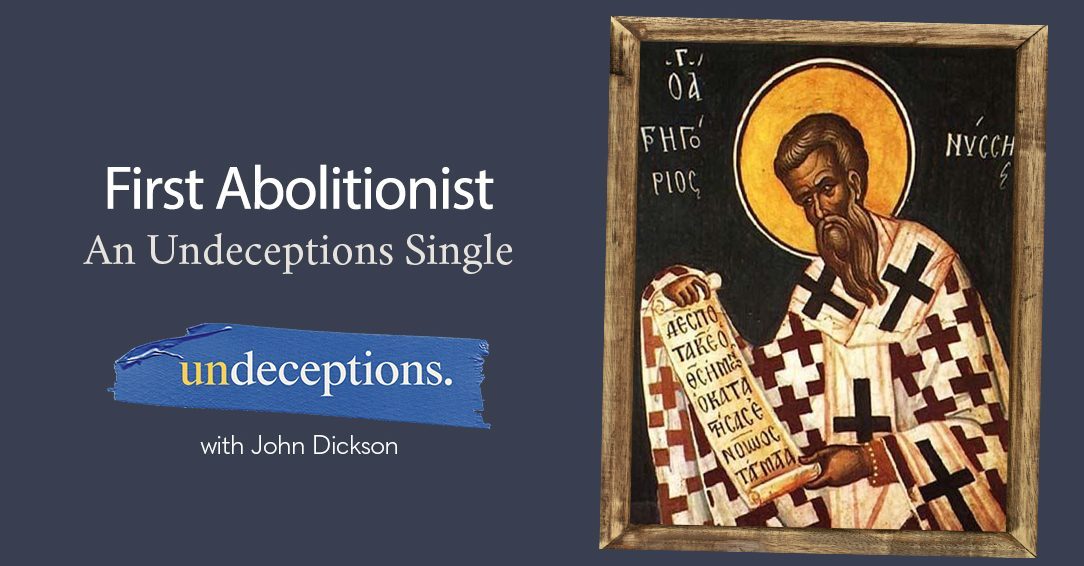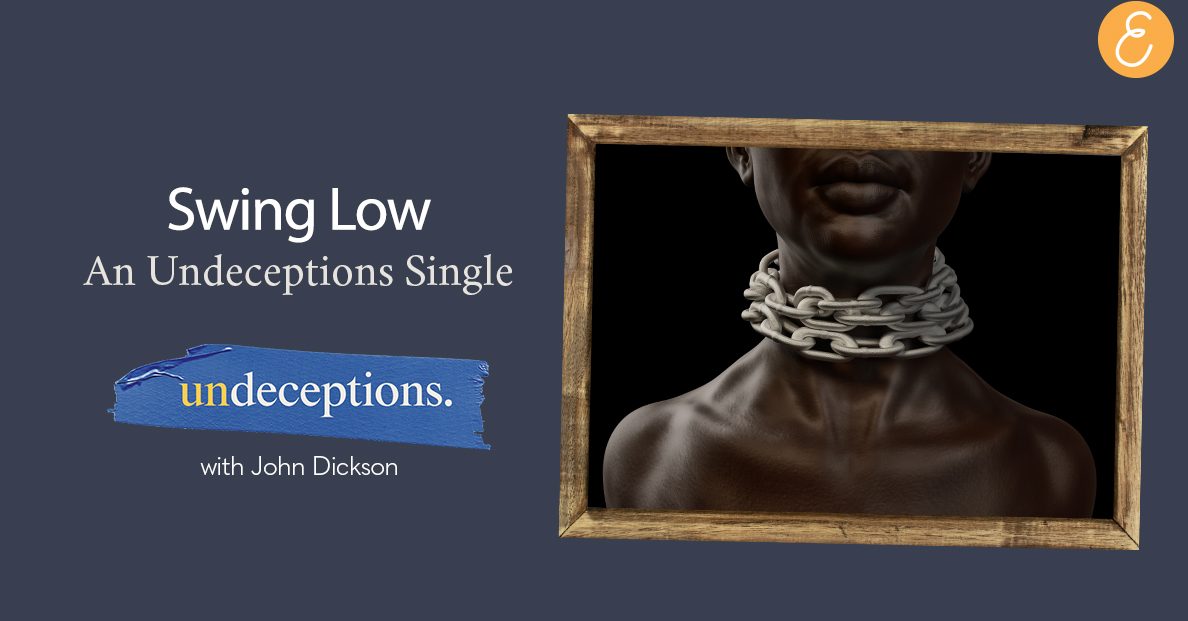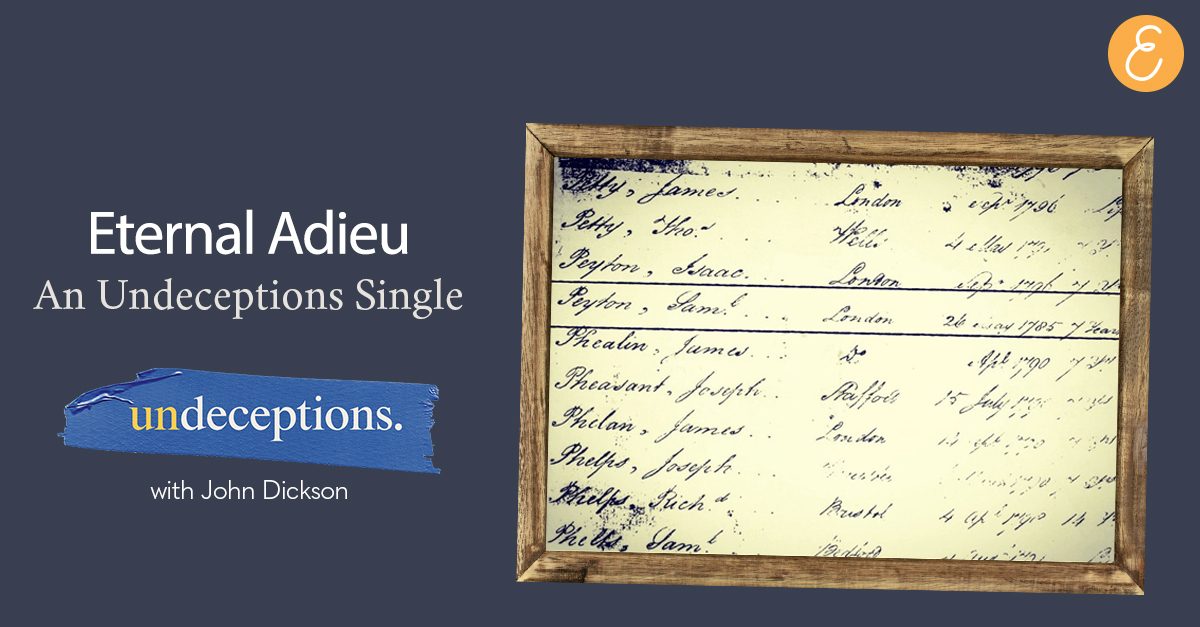A misunderstood people
The Puritans are the much-misunderstood forefathers of modern America.
But these robed, pious pilgrims didn’t originate in Boston, or even New England (with which they are most synonymous).
Rather, the Puritans first emerged in England, at the peak of the British Reformation.
The Reformation played out rather differently in England when compared to the rest of Europe.
King Henry VIII – the one with many wives – was on the throne when Martin Luther nailed his 95 Theses to the door of the All Saints Church in Wittenberg, Germany, in 1517, sending shockwaves through Europe.
Those waves made it across the channel to England, where eventually Protestantism would become the official religion (though not without significant drama!)
:max_bytes(150000):strip_icc()/portrait-of-king-henry-viii--jane-seymour-and-prince-edward--the-great-hall--hampton-court-palace--greater-london--england--united-kingdom--europe-110121266-5a3a8e2e842b1700374c64eb.jpg)
Henry VIII: From staunch Catholic to Protestant reformer … when it suited him!
Being a staunch Catholic (at the time), Henry initially sided with the Catholic Church and Pope Clement VII in Rome.
As a way of thanks, Clement declared that Henry was the “defender of the faith” – incidentally a term still ascribed to the British monarch today.
While it’s hard to know what Henry believed, what’s certain is that much of his pro-Catholic rhetoric was influenced by his marriage to the Spanish Catherine of Aragon – aunt of the Holy Roman Emperor Charles V, who ruled Europe’s Catholic Empire.
Having won the British throne by force, Henry was desperate for a son to ensure power remained in his family – House Tudor – after his death.
When Catherine failed to provide him with an heir, Henry sought a divorce – which required approval from Clement – so he could re-marry the ill-fated Anne Boleyn.
Pope Clement refused Henry’s request on both theological and political grounds; not only was divorce frowned upon in the Bible, but Europe was a religious tinderbox.
Granting divorce to a Catholic Monarch would have been the ultimate act of hypocrisy.
So, Henry broke ranks from Rome and set up his church, The Church of England, better known today as the Anglican Church.
The Parliamentary Act of Supremacy in 1534 established Henry as the head of this new church, allowing him to grant his divorce.
It might have been for selfish reasons, but Protestantism was now the official religion of the British Isles.
Religious turbulence
Protestantism, however, wasn’t a monolith at the time – not even in Luther’s Germany. Several protestant splinter groups soon emerged, including our friends, the Puritans – who were English.
They believed the new Protestant church of England didn’t go far enough in abolishing signs of Catholic worship.
The Puritans were fully committed to the pursuit of holy works, and quickly developed a dour reputation.
They didn’t swear, they drank only in regulation, they hated theatre and dancing, and spent all their spare time listening to sermons and reading the scriptures.

A 17th-century woodcut mocking the Puritans’ combination of piety and superstition
They strongly believed Henry’s new church of England didn’t go far enough in abolishing signs of Catholic worship. The Puritans constantly agitated for more reforms.
However, they soon had more serious problems on their hands.
Following Henry’s death, his son Edward VI (born to his third wife, Jane Seymour), died at the age of just 15, having reigned for only six years.
That cleared the way for Mary I – daughter of the aforementioned Catholic Catherine of Aragon – to come into power.
Known today as “Bloody Mary”, she reinstated Catholicism as the official religion of England and began persecuting Protestants who refused to re-convert.
With over 300 Protestants executed for their faith in the space of just five years, many Puritans fled to the continent, only to return when Elizabeth I – daughter of the Protestant Anne Boleyn – ascended the throne in 1558.
Still following?
While Elizabeth re-instated Protestantism, tensions once again began to simmer between the Crown and the Puritans, who had members in parliament pushing for further reform, including updates to their Book of Common Prayer (first introduced during young Edward’s rule).
Fed up with all the disruptions, Elizabeth eventually banned any reform bills brought before parliament by these troublesome Puritan politicians.
Check out this great video for a simple, fun guide to Puritan history
Across the Atlantic
While England remained Protestant throughout the reigns of James I and his son Charles I, the Puritans continued to butt heads with the crown.
This all eventually led to a mass migration of Puritans across the Atlantic to the colonies of New England in the 1630s.
It would be here – in this mysterious new “City on a Hill” – that the Puritans would lay the foundations of a new nation that would go on to change history forever.
Adapted by Alasdair Belling, from Undeceptions episode 113 ‘The Puritans‘ with David D. Hall
Want to be further undeceived?
Check out our network of podcasts and articles in the Undeceptions Library.
